Fiber Optic Cable Solutions for Data Center Wiring?
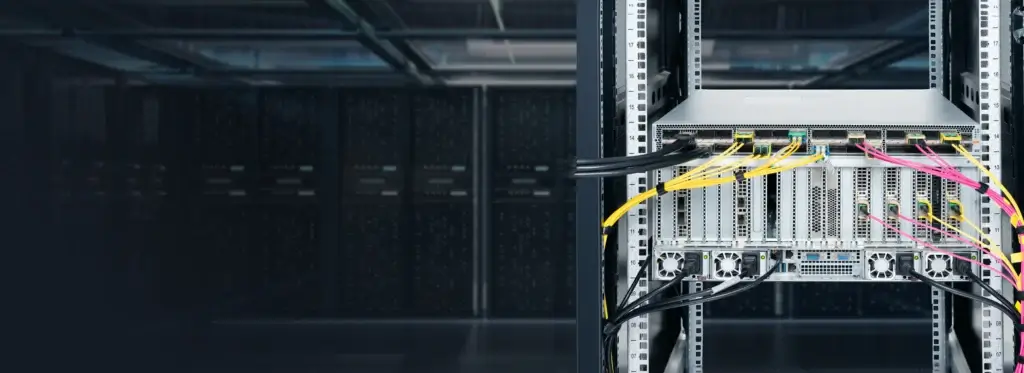
Are you struggling with efficient data transfer in your data center? Fiber optic cables might be the solution you need. Discover how the right cables can transform your infrastructure.
Fiber optic cables are essential for high-speed data transfer in data centers, ensuring reliability and scalability.
Imagine your data center operating seamlessly, with every connection optimized for speed and performance. Let's explore the fiber optic solutions that can make this a reality.
How do the optical fiber cables transfer data from the data center?
Efficient data transfer is crucial for data center operations.
Optical fiber cables transfer data using light signals, enabling high-speed and long-distance communication with minimal loss.
When I first implemented fiber optic solutions, the improvement in data transfer speeds was remarkable. Let me share how these cables work to enhance your data center's performance.
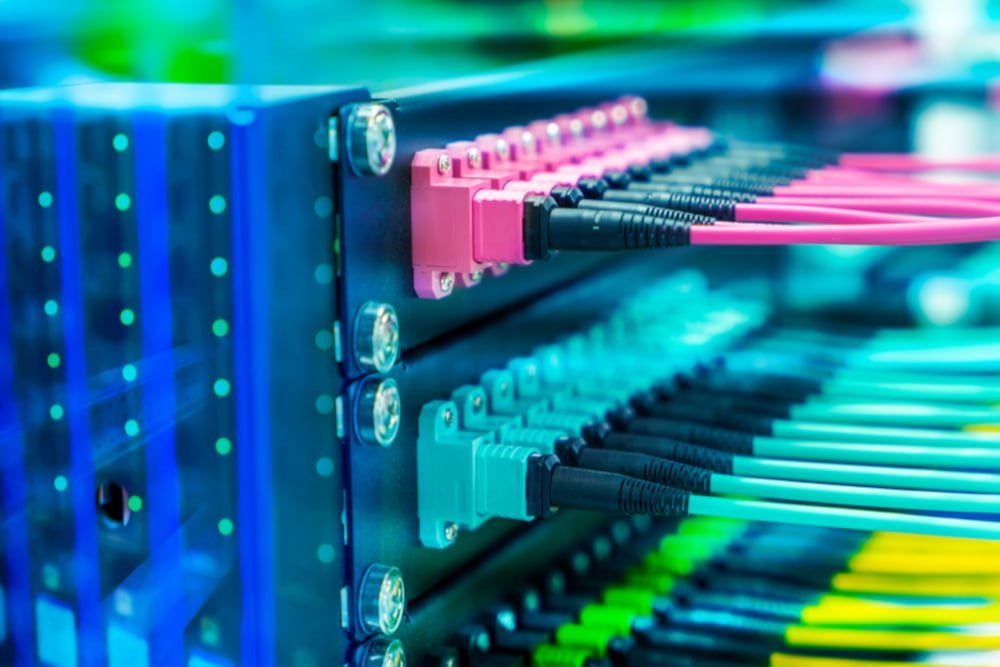
Understanding Light Signal Transmission
Fiber optic cables use light to transmit data, which allows for faster and more reliable communication compared to traditional copper cables.
Advantages of Fiber Optics in Data Centers
| Advantage | Description |
|---|---|
| High Bandwidth | Supports large amounts of data simultaneously. |
| Long Distance | Minimal signal loss over long distances. |
| Immunity to Interference | Not affected by electromagnetic interference. |
| Scalability | Easily upgradeable to meet growing demands. |
Implementing MTP/MPO Trunk Cables1
Using MTP/MPO Trunk Cables and MPO Patch Panels2 can streamline your data center cabling, ensuring organized and efficient data flow.
Do data centers use fiber optic cable?
Understanding the common practices in data center cabling is essential.
Yes, data centers extensively use fiber optic cables for their superior speed, reliability, and capacity to handle high data volumes.
In my experience working with various data centers, fiber optic cables have become the backbone of their networking infrastructure. Here's why they are preferred.
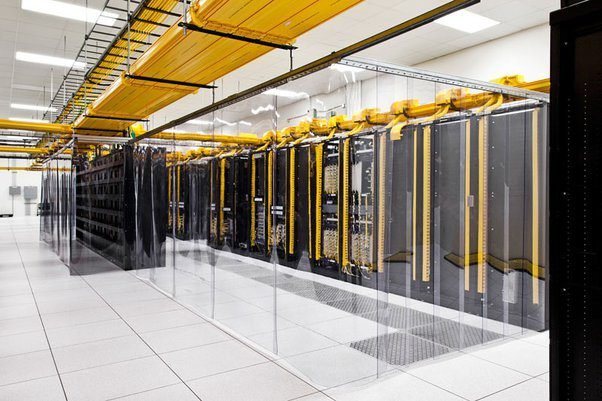
Benefits Over Traditional Cables
Fiber optic cables offer numerous benefits over copper cables, making them the preferred choice for data centers.
Cost vs. Performance
| Aspect | Fiber Optic Cables | Copper Cables |
|---|---|---|
| Performance | Higher speed and bandwidth | Lower speed and bandwidth |
| Cost | Higher initial cost | Lower initial cost |
| Maintenance | Lower maintenance costs | Higher maintenance costs |
| Durability | More durable | Less durable |
Case Study: Upgrading to AOC Cables3
Switching to AOC Cables and DAC Cables4 can significantly enhance your data center's performance, as seen in several successful upgrades I've overseen.
What cable is used in data Centres?
Selecting the right cable is vital for optimal data center operations.
Data centers use a variety of fiber optic cables, including MTP/MPO Trunk Cables, SFP Modules, and High-Density Patch Panels, to meet diverse connectivity needs.
Choosing the appropriate cables can streamline your data center's infrastructure. Here's a breakdown of the most commonly used cables.

Types of Fiber Optic Cables
- MTP/MPO Trunk Cables: For high-capacity backbone connections.
- SFP Modules: For flexible and efficient data transmission.
- High-Density Patch Panels: To manage and organize numerous connections.
Comparing Cable Options
| Cable Type | Use Case | Benefits |
|---|---|---|
| MTP/MPO Trunk Cable | Backbone connections in large data centers | High bandwidth and scalability |
| SFP Modules | Flexible connections between devices | Easy to upgrade and replace |
| High-Density Patch Panel | Managing multiple fiber connections | Organized and efficient management |
Implementing Cable Management Systems5
A robust Cable Management System ensures that all fiber optic cables are organized, reducing clutter and improving maintenance efficiency.
What are the types of fiber optic connections for data center cabling?
Different fiber optic connections cater to various data center needs.
The main types include single-mode and multi-mode fiber connections, each suitable for different distance and bandwidth requirements.
Understanding these connection types can help you choose the best setup for your data center. Here's a closer look.
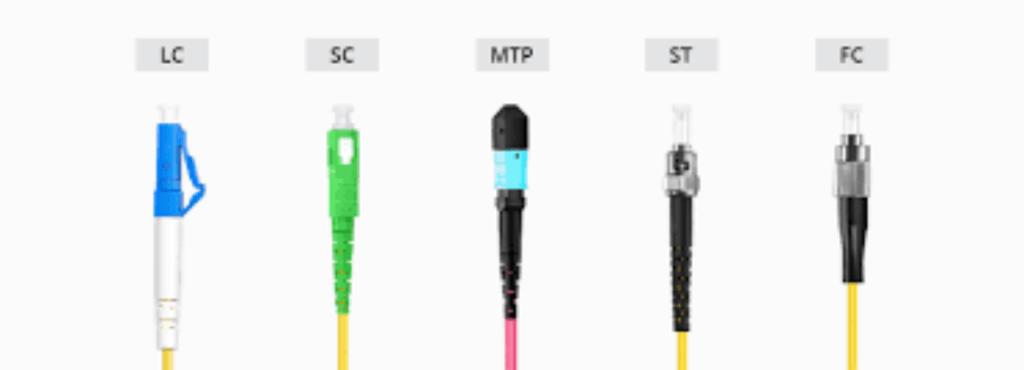
Single-Mode vs. Multi-Mode Fibers
- Single-Mode Fiber: Ideal for long-distance and high-bandwidth applications.
- Multi-Mode Fiber: Suitable for shorter distances with lower bandwidth needs.
Connection Technologies
- AOC (Active Optical Cable: Integrates optics and electronics for high-speed data transmission.
- DAC (Direct Attach Copper: Cost-effective solution for short-distance connections.
Choosing the Right Connection
| Connection Type | Best For | Key Features |
|---|---|---|
| Single-Mode | Long-distance data transfer | Low attenuation, high bandwidth |
| Multi-Mode | Short to medium distance | Easier to install, lower cost |
| AOC | High-speed, short-distance needs | Integrated active components |
| DAC | Budget-friendly, short connections | Simple and cost-effective |
Integrating MPO Patch Panels
Using MPO Patch Panels can simplify the management of multiple fiber connections, enhancing overall efficiency.
What is structured cabling in data centers?
Structured cabling6 provides a standardized approach to data center wiring.
Structured cabling involves a comprehensive system of cables, connectors, and hardware that supports multiple hardware uses and functions, ensuring flexibility and scalability.
Implementing structured cabling can significantly improve your data center's organization and performance. Here's how.
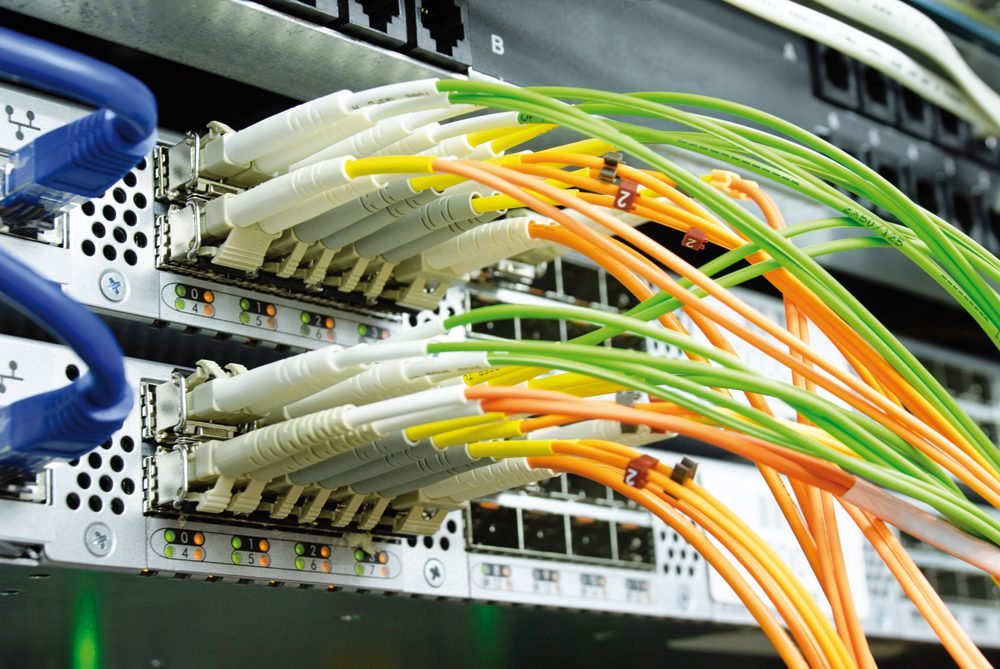
Components of Structured Cabling
- Horizontal Cabling: Connects workspaces to telecommunications rooms.
- Backbone Cabling: Links different parts of the data center.
- Patch Panels: Manages and organizes connections.
Benefits of Structured Cabling
| Benefit | Description |
|---|---|
| Scalability | Easily accommodate growth and changes |
| Reduced Downtime | Simplifies maintenance and troubleshooting |
| Cost Efficiency | Minimizes the need for excessive cabling |
| Enhanced Performance | Improves overall data transmission reliability |
Utilizing Cable Management Systems
A well-designed Cable Management System is crucial for maintaining an organized and efficient structured cabling setup.
Conclusion
Fiber optic cables are indispensable for modern data centers, offering speed, reliability, and scalability. Implement the right solutions to optimize your data center's performance.
Understand what MTP/MPO Trunk Cables are and how they work. ↩
Find out about MPO Patch Panels and their advantages. ↩
Discover how AOC Cables enhance data center performance. ↩
Learn about DAC Cables and their role in data centers. ↩
Understand the importance of Cable Management Systems. ↩
Get details on structured cabling systems in data centers. ↩








